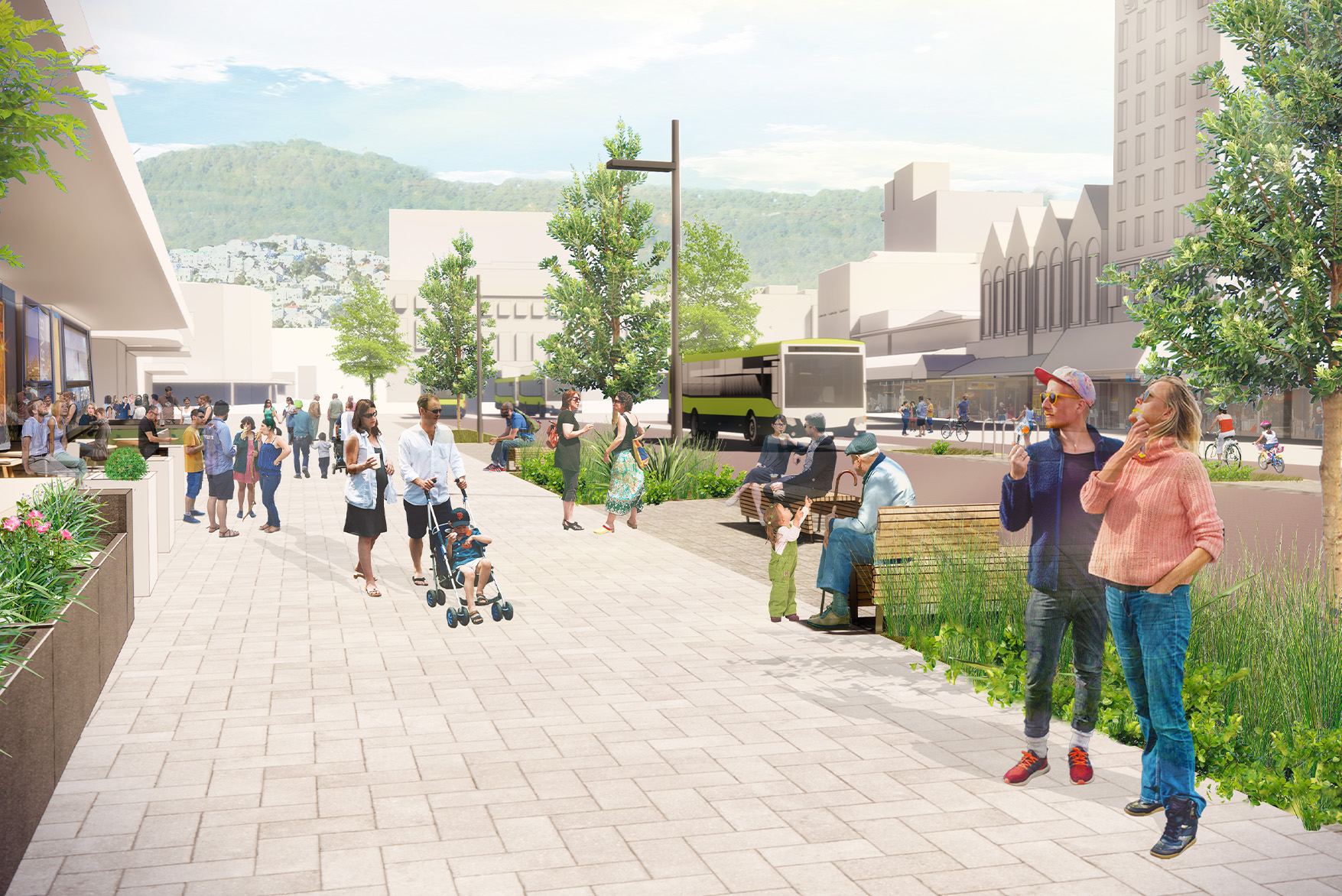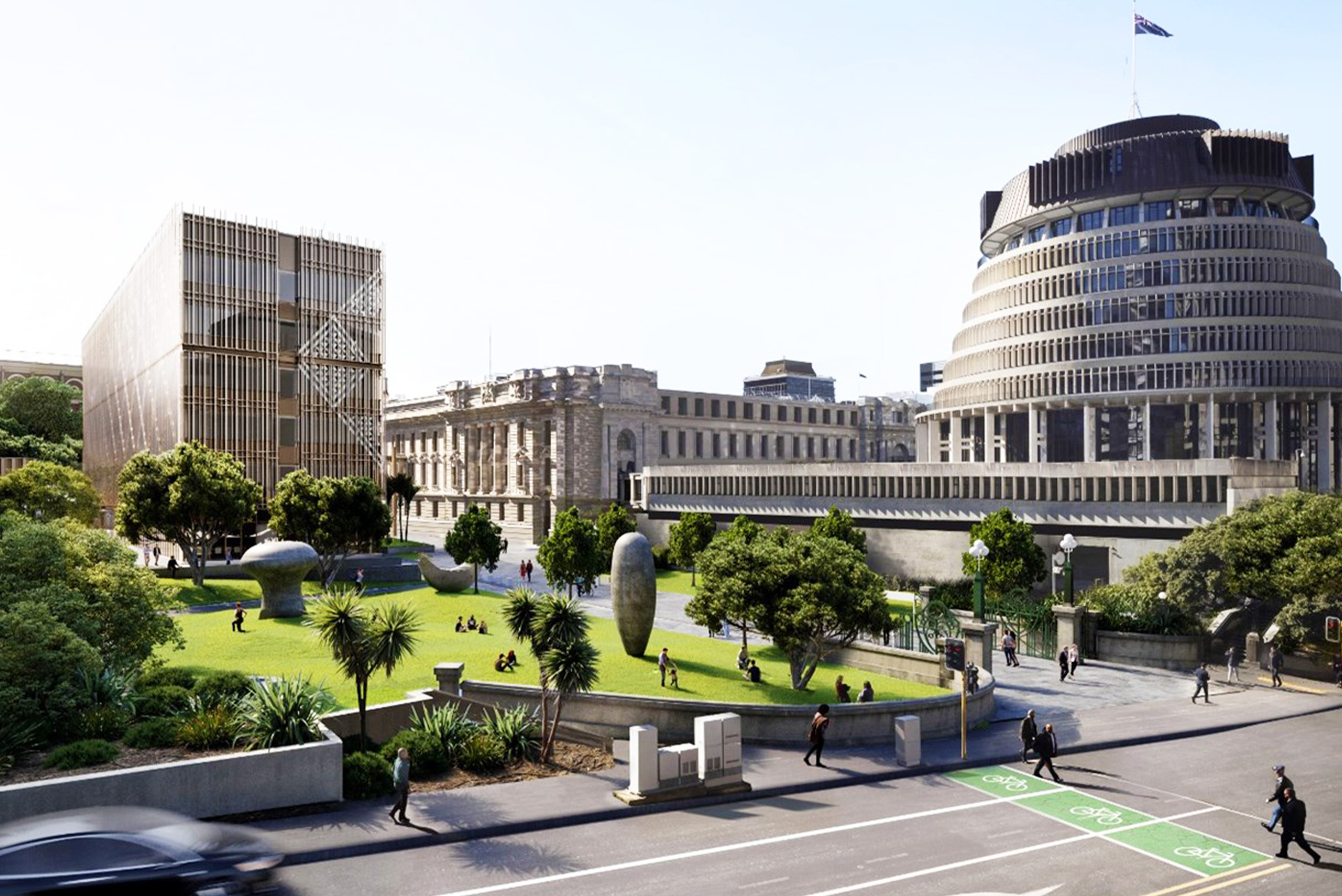Boffa Miskell's skilled practitioners have a deep understanding of what the CPTED principles mean, and how and when they can be applied through the design process. Our strong design experience enables us to create integrated design-led solutions that deliver multiple co-benefits and support functional and high-quality built environments for people, with enduring value for future generations.
Any project that serves the public will benefit from CPTED advice. This includes transport infrastructure, community facilities (such as swimming pools, civic offices and libraries), medical and education campuses, the public realm and places of worship. We have extensive experience working in privately managed environments, and in civic and public realm projects.
The scope and role of CPTED has broadened in response to the current and evolving challenges society faces in keeping people and property safe. These include consideration of risks such as hostile vehicles, ram raids and terrorism; and management of crowded places. These risks to safety can have significant cost implications for businesses.
Identifying key issues early in the design process can avoid costly retrofits or legacy issues that result in long-term maintenance or management. By drawing on their extensive design background, our CPTED practitioners can act as a ‘fresh set of eyes’ by addressing the following potential issues in public-facing projects:
• Issues associated with crowded places
• Hostile vehicle threats, terrorism and ram-raids
• Understanding and responding to new safety-related mandates within organisations
• Championing a greater focus on protecting both people and property
• Managing the challenges associated with licensed premises and spaces surrounding
• Promoting liveable and cohesive communities; and inclusive environments
As CPTED guidance has evolved, our team takes a responsive and holistic approach that incorporates the social dimensions of safety. This includes consideration of inclusive design (cultural, ethnicity, gender, and disabilities) and fostering people’s general wellness. A key part of this is understanding who the community is, and the barriers they face in feeling safe and well. We work with communities to understand their needs through engagement, community workshops and targeted interviews.
HOW WE CAN HELP
• CPTED assessments, audits and analysis
• Facilitation of engagement with communities
• Development of CPTED strategies, policies, and guidelines
• Review of lighting designs from a safety perspective
• Embedding CPTED into design processes to achieve creative design solutions
• Working in multi-disciplinary teams to advise on CPTED issues

